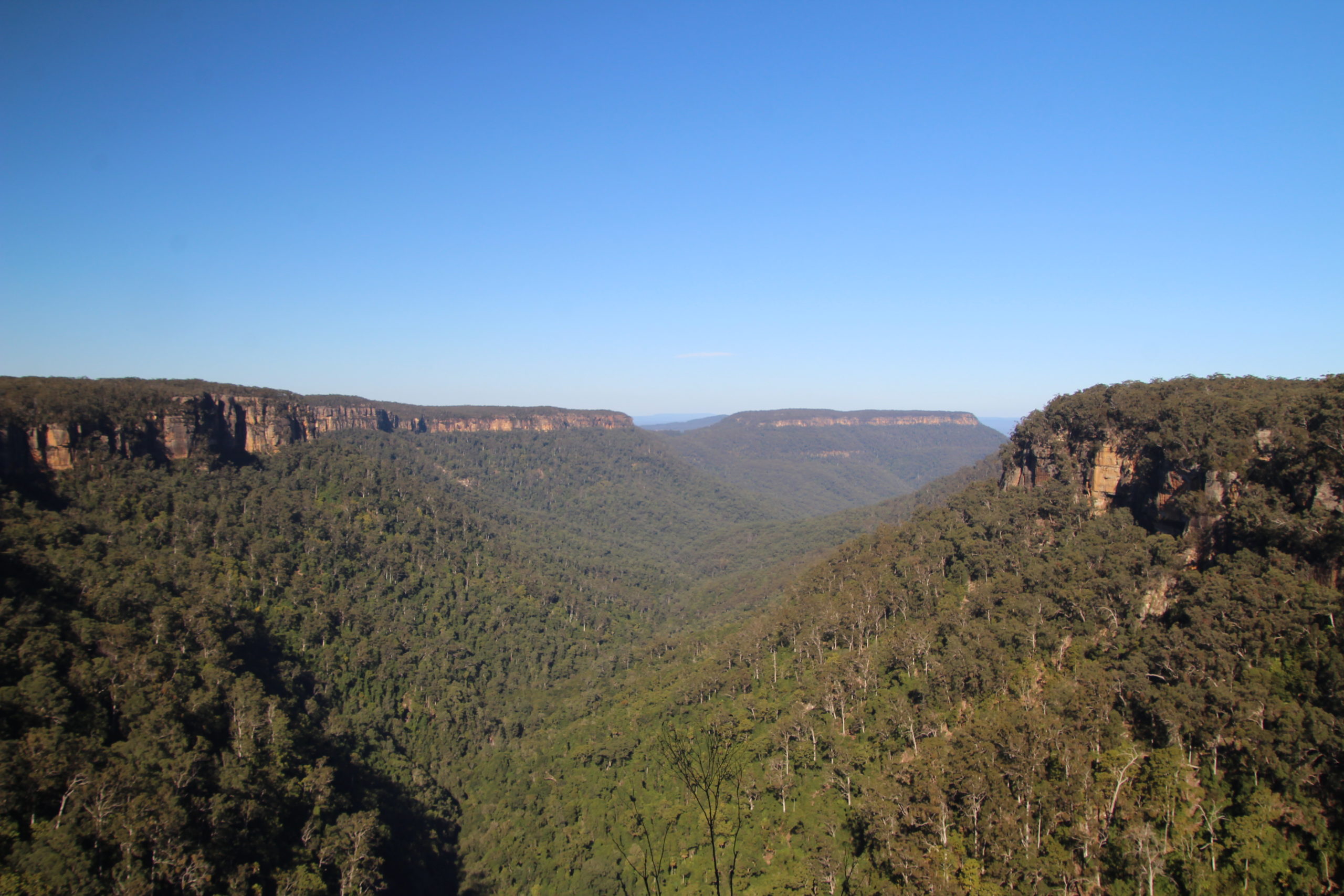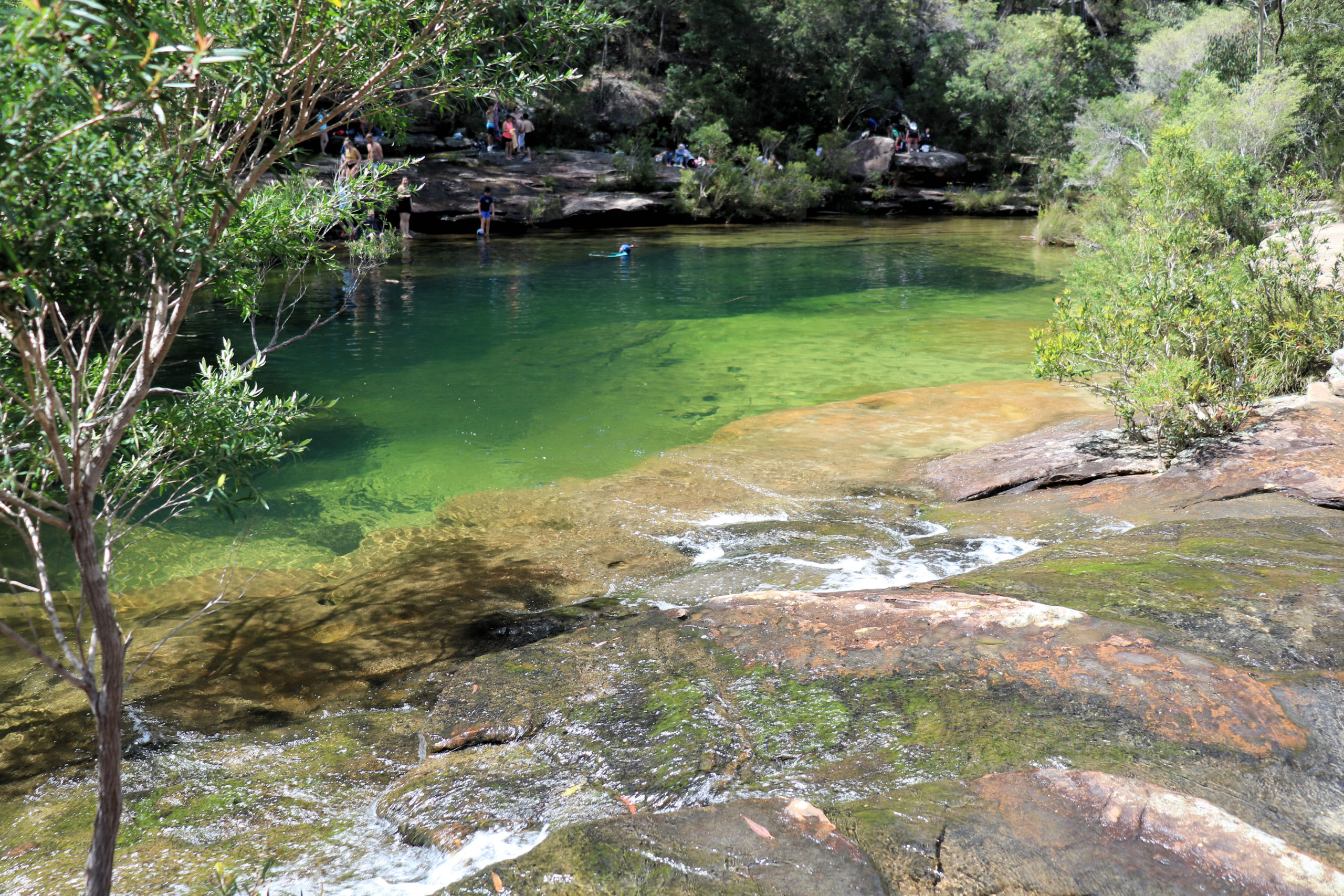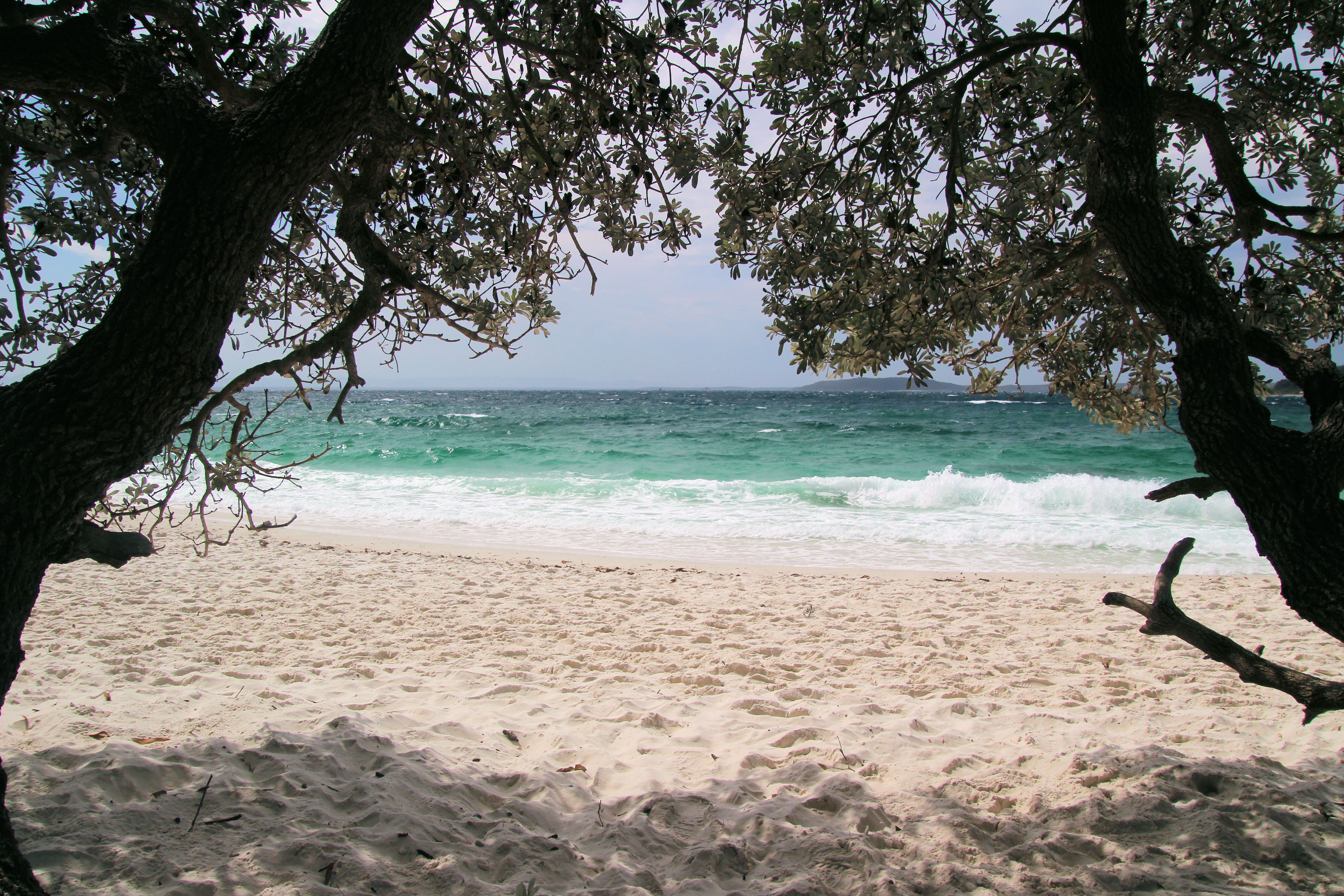Category: National Park
-
Kangaroo Valley New South Wales Australia

Kangaroo Valley Two hours from Sydney, or 30 minutes from Nowra (to Hampton Bridge in the middle of Kangaroo Valley), this is a great place to escape the big city. We stayed in Nowra and explored from there, but there are many closer places to stay, especially if you go camping. During our time we… Read more
-
Karloo Pools Track Royal National Park

Karloo Pools Track Getting There Heathcote railway station is a great place to start the Karloo Pools Track, having ample car parking, or providing easy access from Sydney’s rail network. We chose to use the train from Central Station, which was a quick and convenient trip taking just under an hour. From the train station,… Read more
-
Jervis Bay

Jervis Bay Located a three-hour drive south of Sydney, Jervis Bay is one of Australia’s most popular holiday destinations. The abundance of white sandy beaches, bush and accommodation makes it a great place to enjoy a relaxing break. With two national parks, there’s plenty of places for nature lovers to explore. Beecroft Peninsula Forming the… Read more